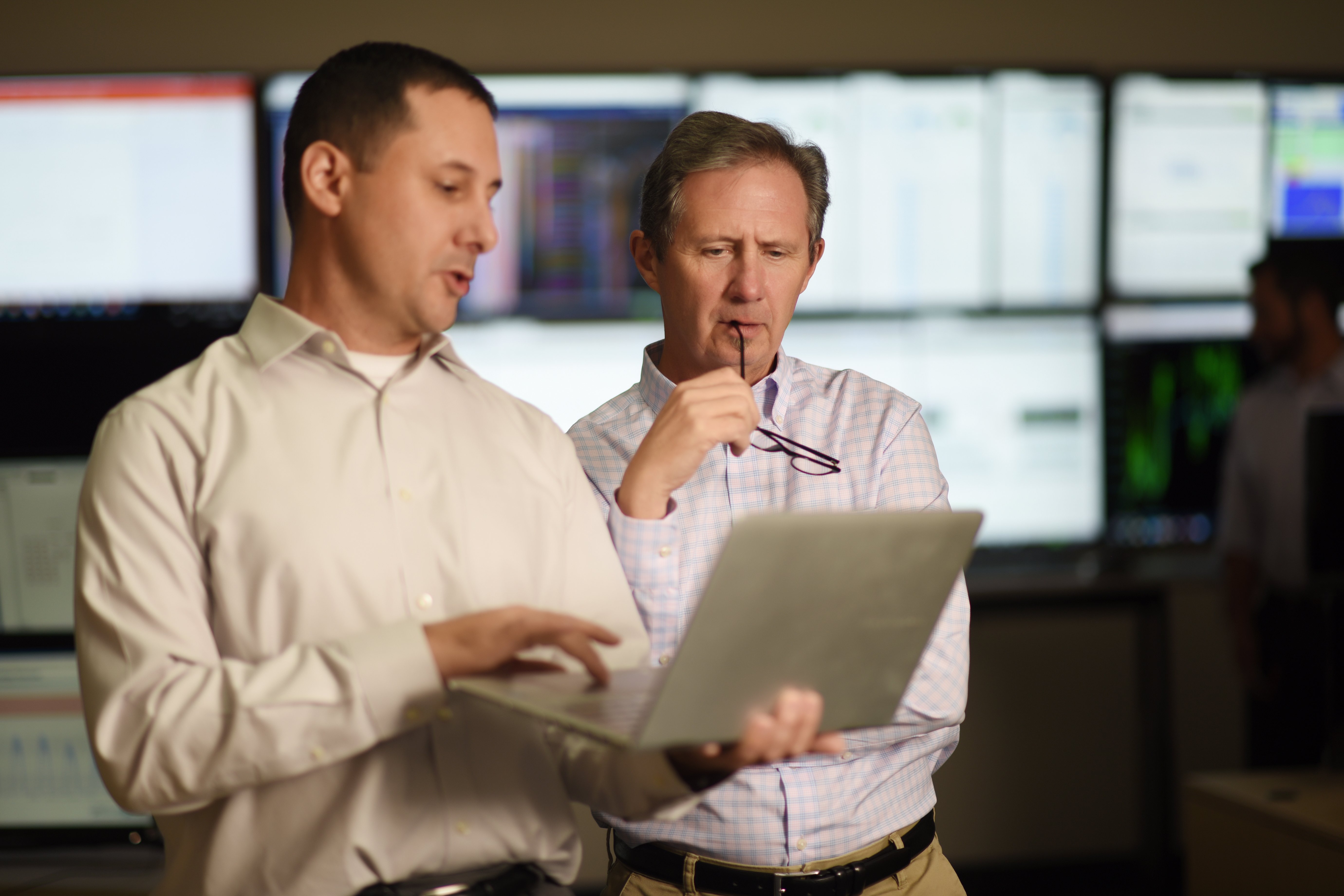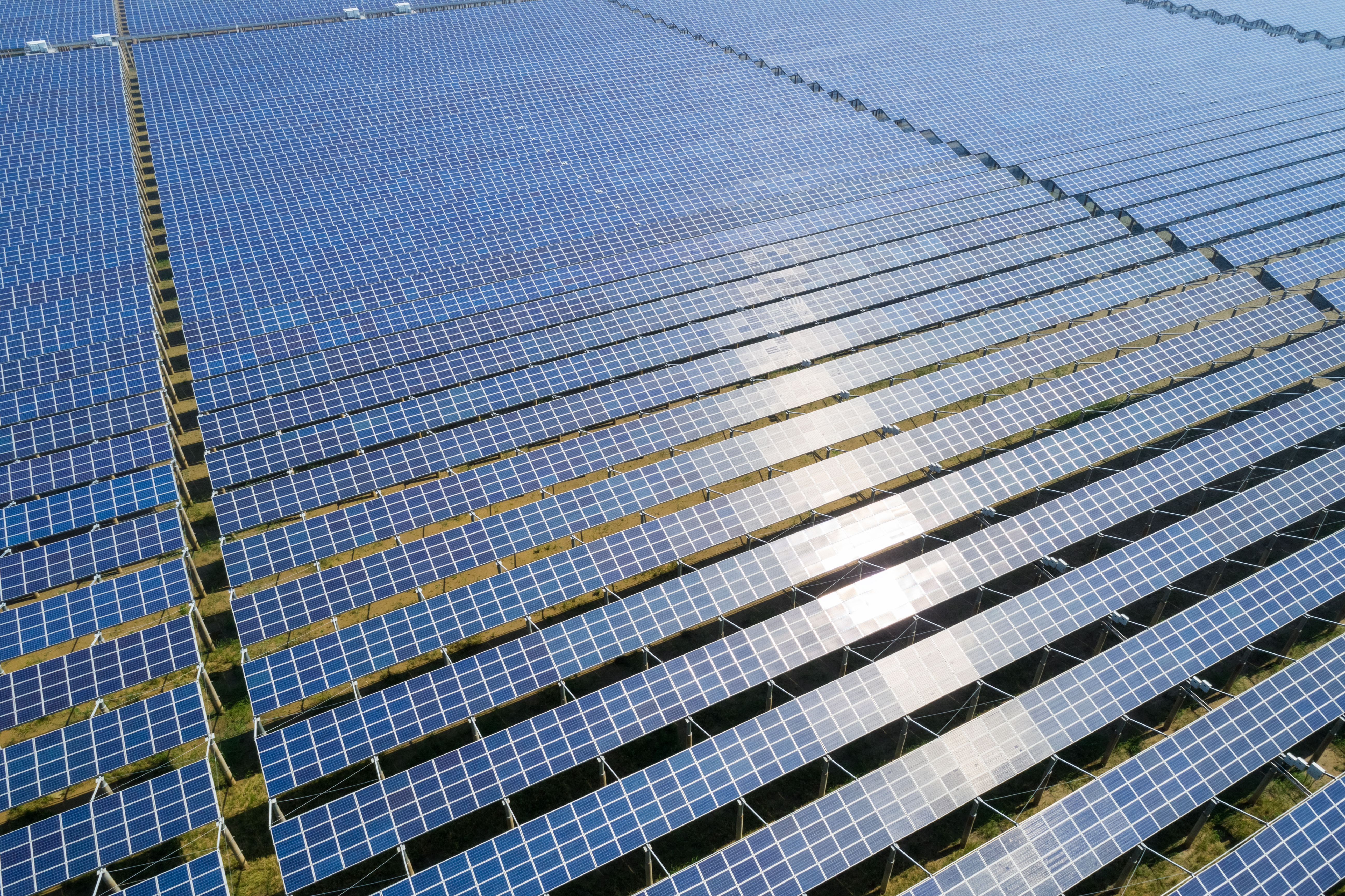Myth #6 of Solar O&M: AI Will Transform My Fleet Performance
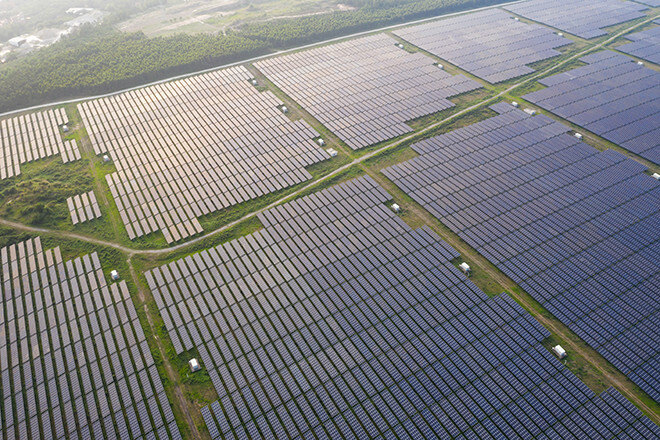
Stay in touch
Subscribe to our newsletter for expert insights, company updates, and the latest in renewable energy management solutions.
“IF I ONLY HAD A BRAIN…”
If you’re selling the latest artificial intelligence (AI) technologies or machine learning algorithms, times must be good. The buzz is never-ending. I hear it all the time: “We need machine learning and AI to take our solar portfolio performance to the next level.” The problem is, AI isn’t the silver bullet many people seem to think it is.
Don’t get me wrong–I’m a big believer in AI, machine learning, and advanced analytics. I absolutely believe they can take some asset owners’ fleets to the next level of operating performance. But many asset owners aren’t ready for these sophisticated tools to be introduced into their process data environment. Why? The first law of computing and the first law of business introduce some pretty challenging roadblocks along the way:
First Law of Computing: Garbage in, garbage out (GIGO).
First Law of Business Success: There are no shortcuts.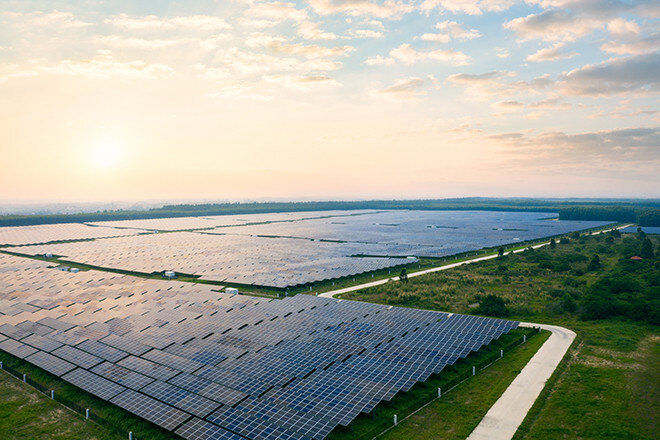
GARBAGE IN, GARBAGE OUT
New and powerful machine learning and AI applications are being announced weekly. I don’t doubt that many of them have great potential to uncover previously undetected losses and imminent equipment failures. Most share a common development problem, however: They’re designed using clean, “laboratory-quality” data.
They work great in the laboratory and great in product demos. They’re installed and tested for the customer and the commissioning team leaves. Then all hell breaks loose. What happened? Well, we’re all subject to the first law of real-time process data: “Your data is never 100% clean, any of the time.”
So how do we fight the first law of computing? We build a data platform that doesn’t expect or need perfect, real-time process data to function properly.
What I mean by this is that the nature of high-volume, real-time process data is that it is filled with a lot of noise (i.e. bad and missing values). This is because analog and digital sensors are constantly drifting in and out calibration, losing device- or internet-level communication, flat-lining, breaking and so on. There is never a time when a large process data set is working perfectly—not even during commissioning.
So how do we fight the first law of computing? We build a data platform that doesn’t expect or need perfect, real-time process data to function properly. We build a data platform that is resilient: a platform that can deliver high-quality insights despite the bad data being fed into it.
THERE ARE NO SHORTCUTS
To combat the first law of computing, we also need to be realistic about the first law of business: There are no shortcuts to success. A real-time data platform needs to be designed to handle bad data by cleansing and replacing it as necessary. Then and only then do we ingest that data into our cool AI and advanced analytic engines for data processing.
We call this sequenced data flow “passing the data up the optimization pyramid.” No shortcuts allowed. Each step needs to be properly designed and rigorously adhered to if you want LCOE-impacting results to come out the other side.
THE OPTIMIZATION PYRAMID
If you are looking for material improvements in your solar portfolio performance, you need to deliver actionable insights to each person in the value chain who is able to positively impact that performance. Only an industrial-strength data platform specifically designed to address real-world process data problems will be able to deliver these results.
Make sure the data platform you select has the following architectural components that have been tested with high-volume, high-frequency, messy (read: normal) data.

STEP 1: DATA ACQUISITION
The data ingestion layer should be hardware agnostic and able to handle thousands to millions of individual of data feeds at high frequencies (second and sub-second). The data acquisition system interfaces should be “self-healing”, meaning they seamlessly recover from data interruptions without losing any data in the process.
STEP 2: DATA CLEANSING
A robust data curation or cleansing engine is critical. We call this process Validation, Estimate and Edit or VEE. The hardest part, estimating and replacing and data is the step most vendors skip (and hope for the best).
STEP 3: EVENT DETECTION AND CLASSIFICATION
Now that we have good data, we can process our engineering and business rules to find problems in our solar power plants. Event detection is very difficult and highly dependent on subject-matter-expertise. If the software vendor does not have a staff full of former solar O&M and asset managers, they don’t know your business well enough to help you solve your problems.
STEP 4: PERFORMANCE PREDICTION
After data cleansing and classification, we can estimate what the performance of each asset should be given the actual plant weather conditions.
STEP 5: AGGREGATION AND CONSOLIDATION
After cleansing and performance estimation the data should be stored in a form that both the commercial and operations functions can use to manage the business, generate KPIs and track portfolio performance.
STEP 6: MACHINE LEARNING AND AI
Note that we have gone through five key steps before we are ready to ingest the clean, processed and classified data into our machine learning and AI applications. This is the key to real-world, practical use of these emerging technologies and the steps that are usually missing if you’re not seeing the benefits you expect from machine
SUMMARY
Emerging technology can and will make substantive positive impacts to solar power portfolio LCOE. Machine learning, artificial intelligence and the ingestion of drone and robotic data into the asset performance management software has huge potential for improving plant thermal and economic performance.
However, none of these technologies will help solar asset owners and operators unless proper data cleansing is applied prior to their application. Remember that your plant data always has problems, and there are no data shortcuts you can take. Before investing in machine learning and AI, consider these two truths and make sure you’ve invested in a resilient asset performance management software platform.
Steve Hanawalt is a founder and executive vice president at Power Factors.

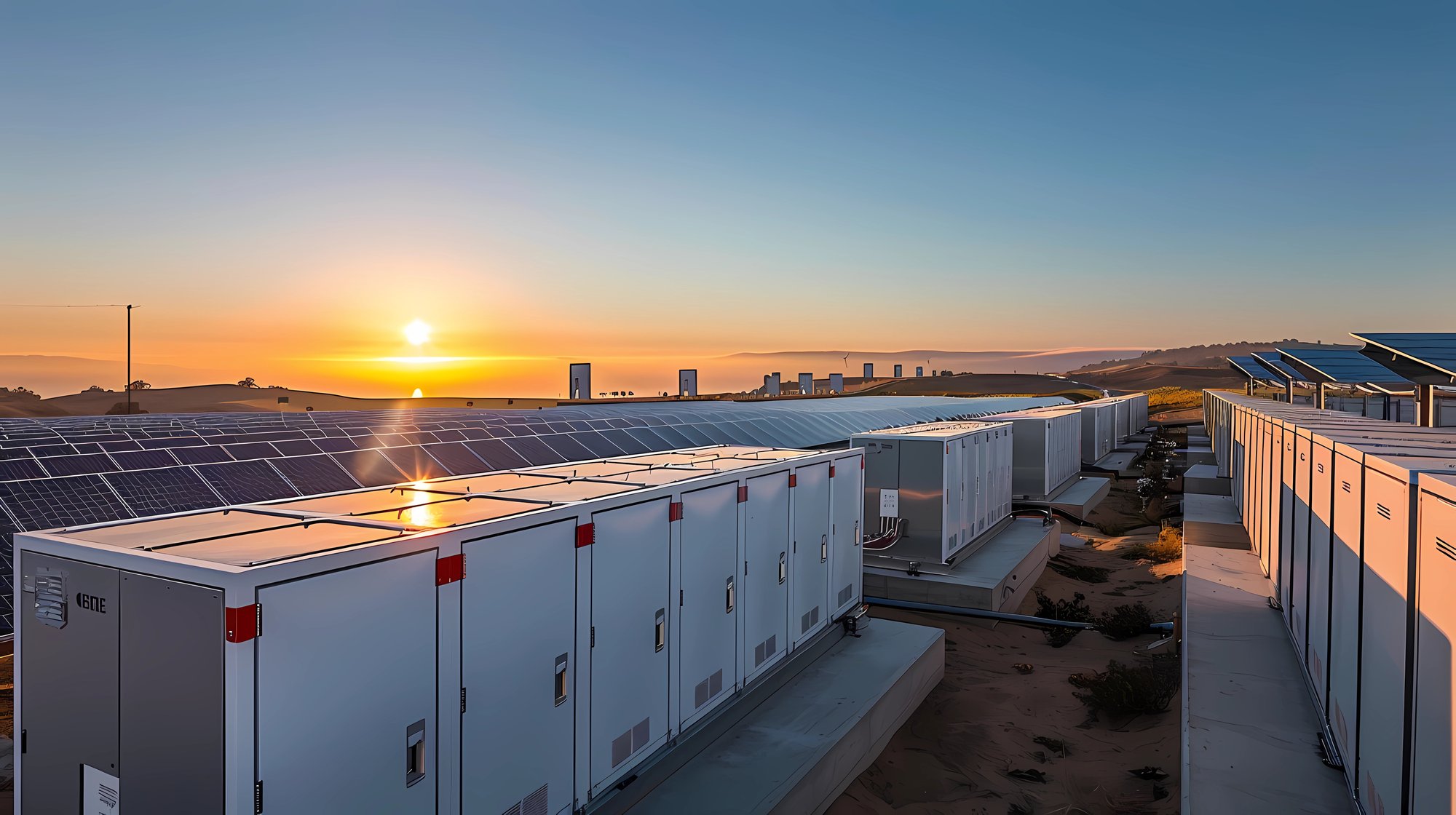
-2.jpeg?width=2000&name=AdobeStock_785443953%20(1)-2.jpeg)
